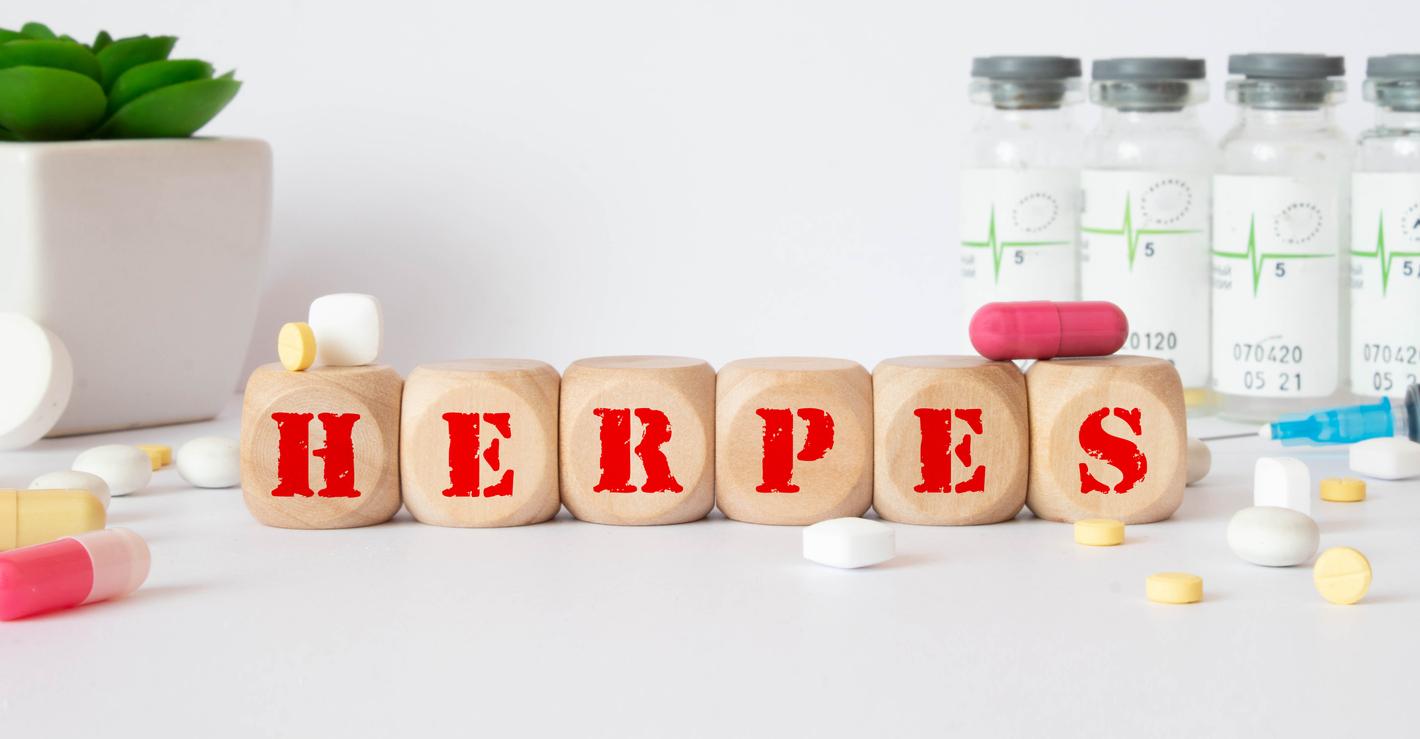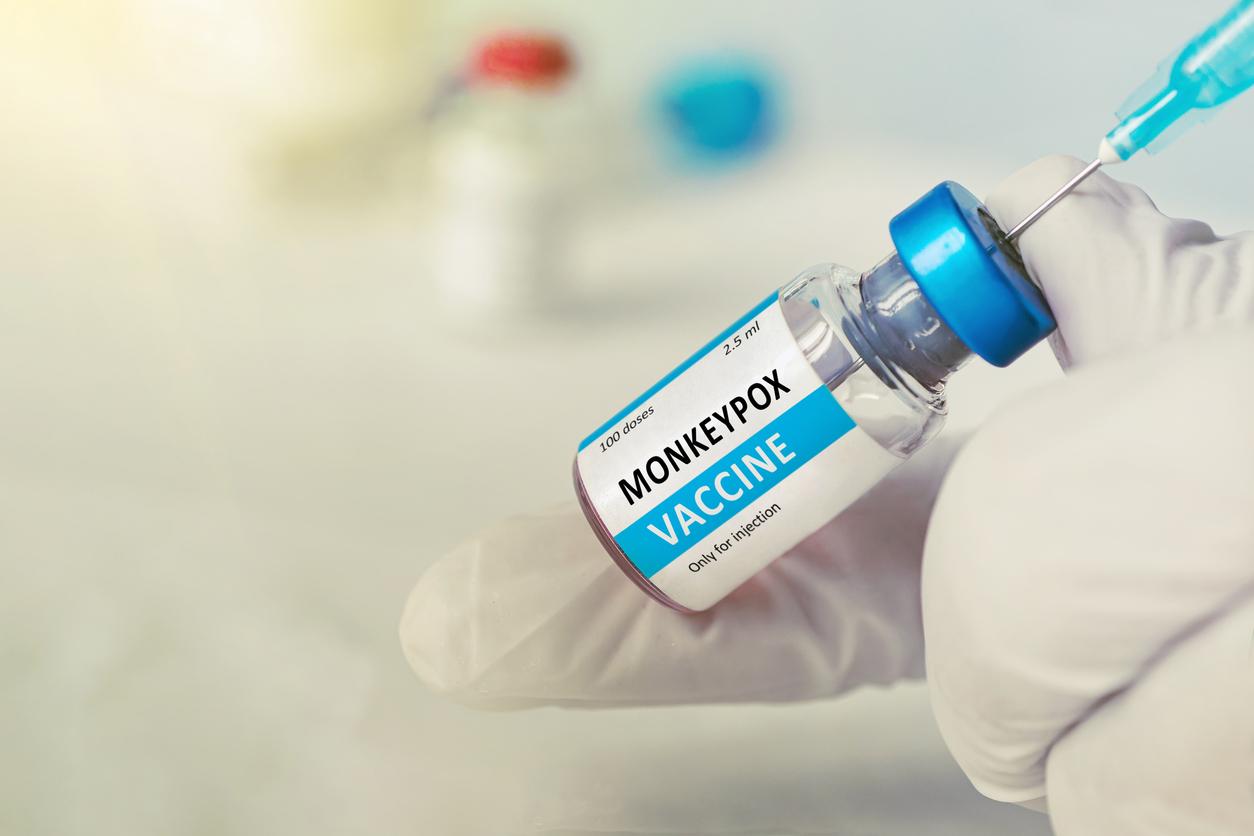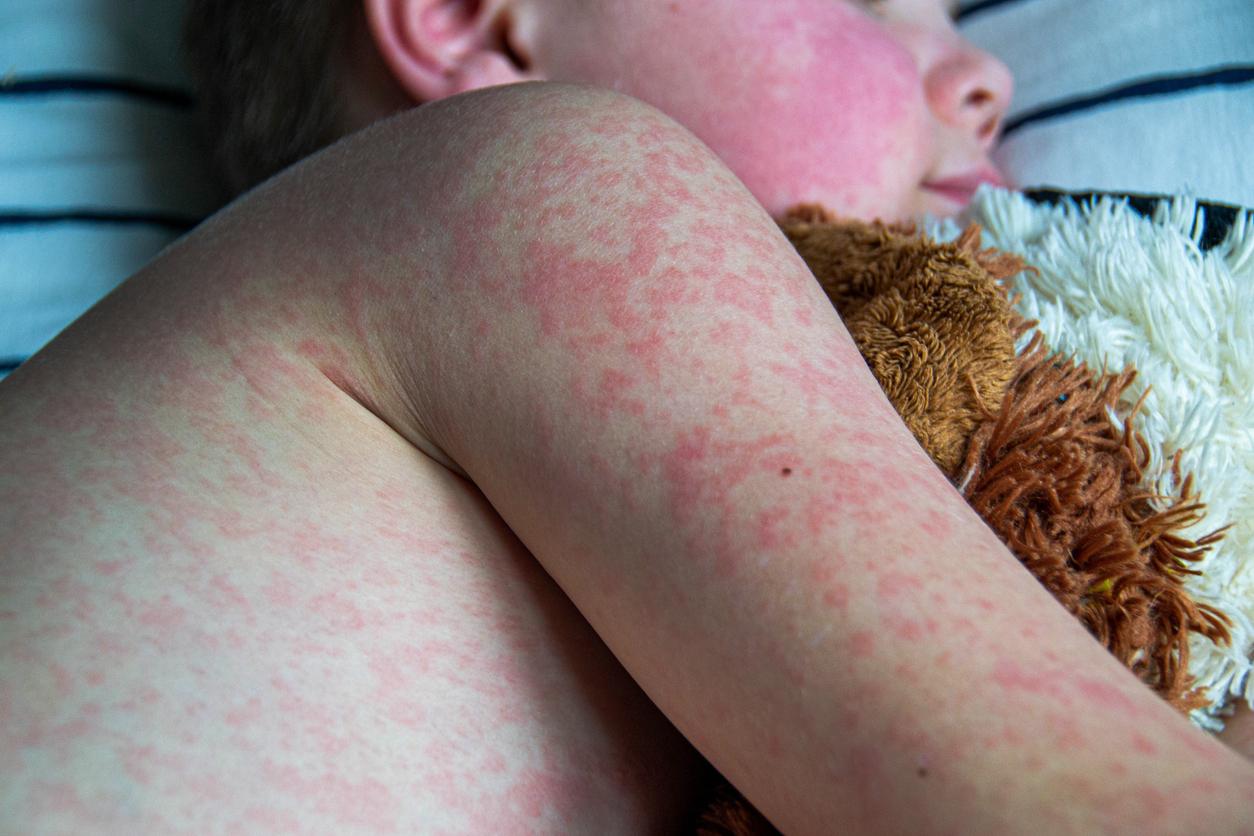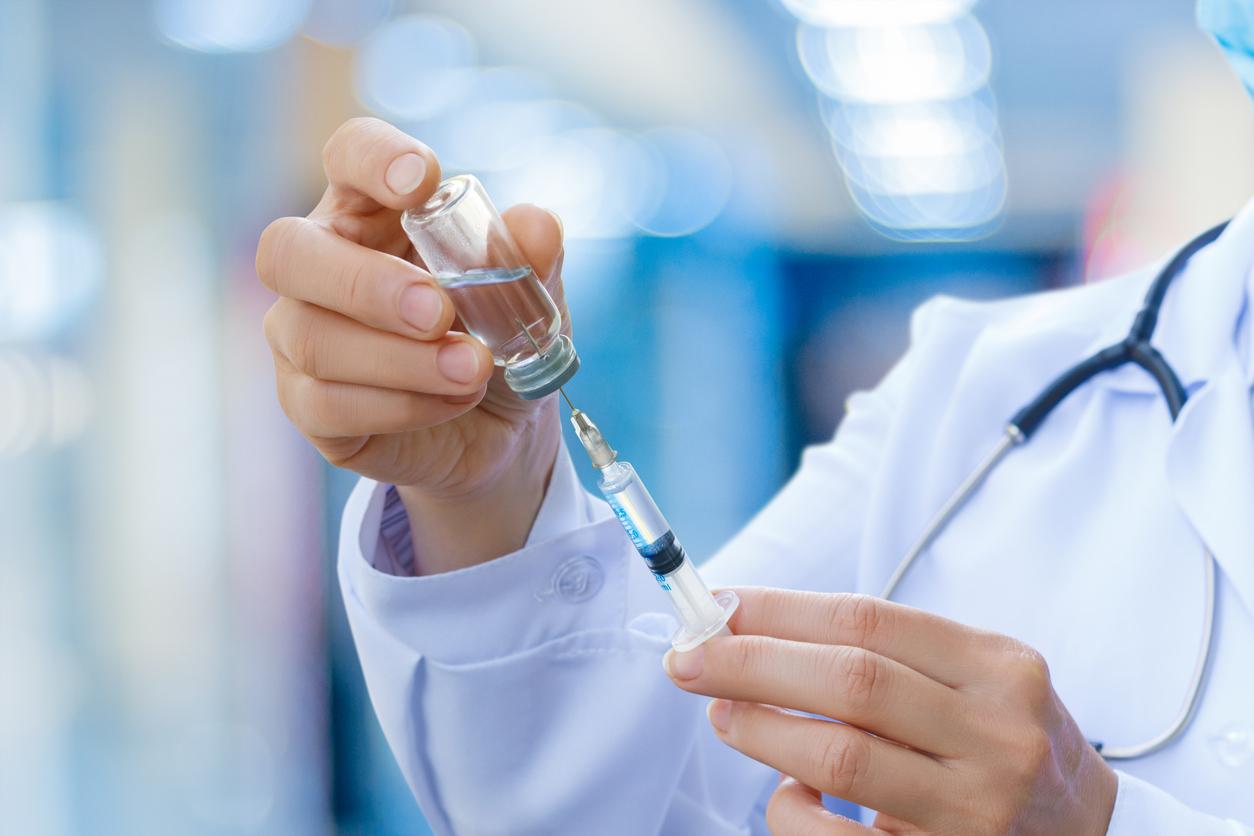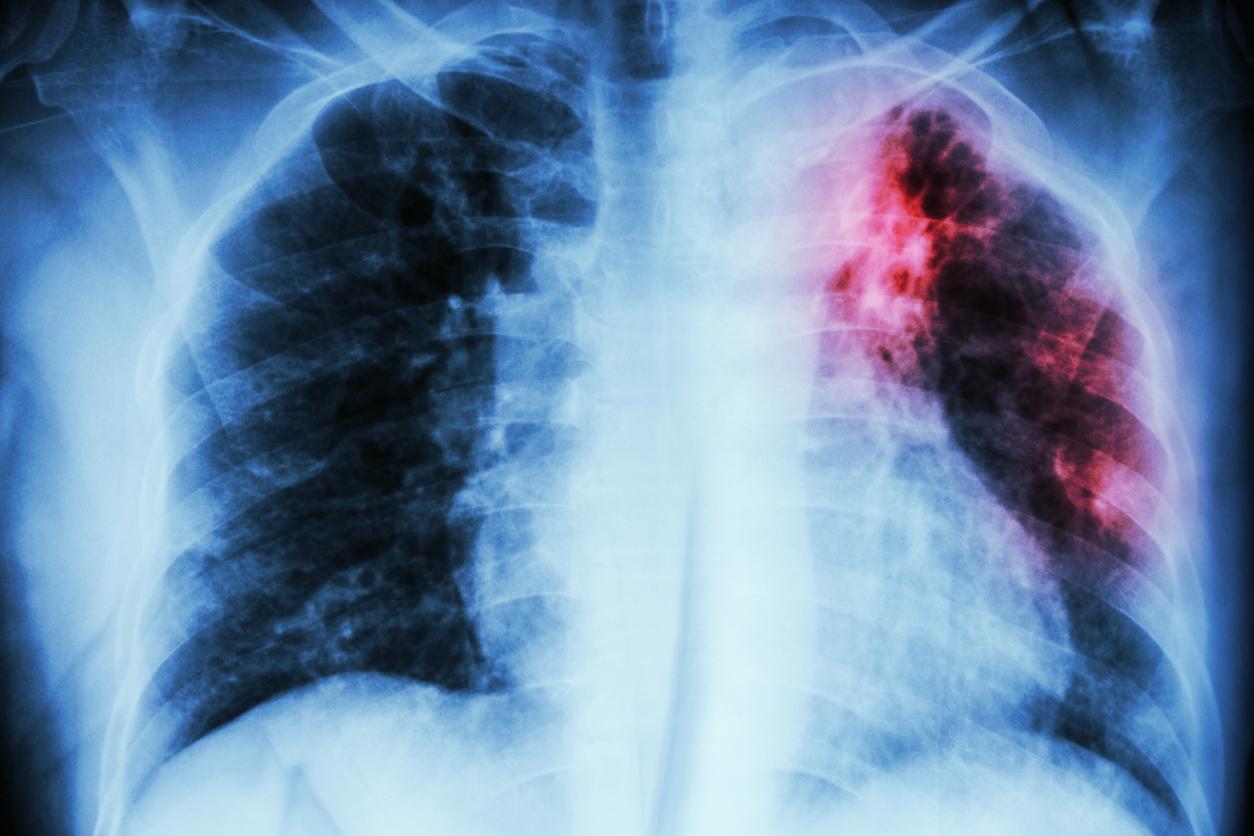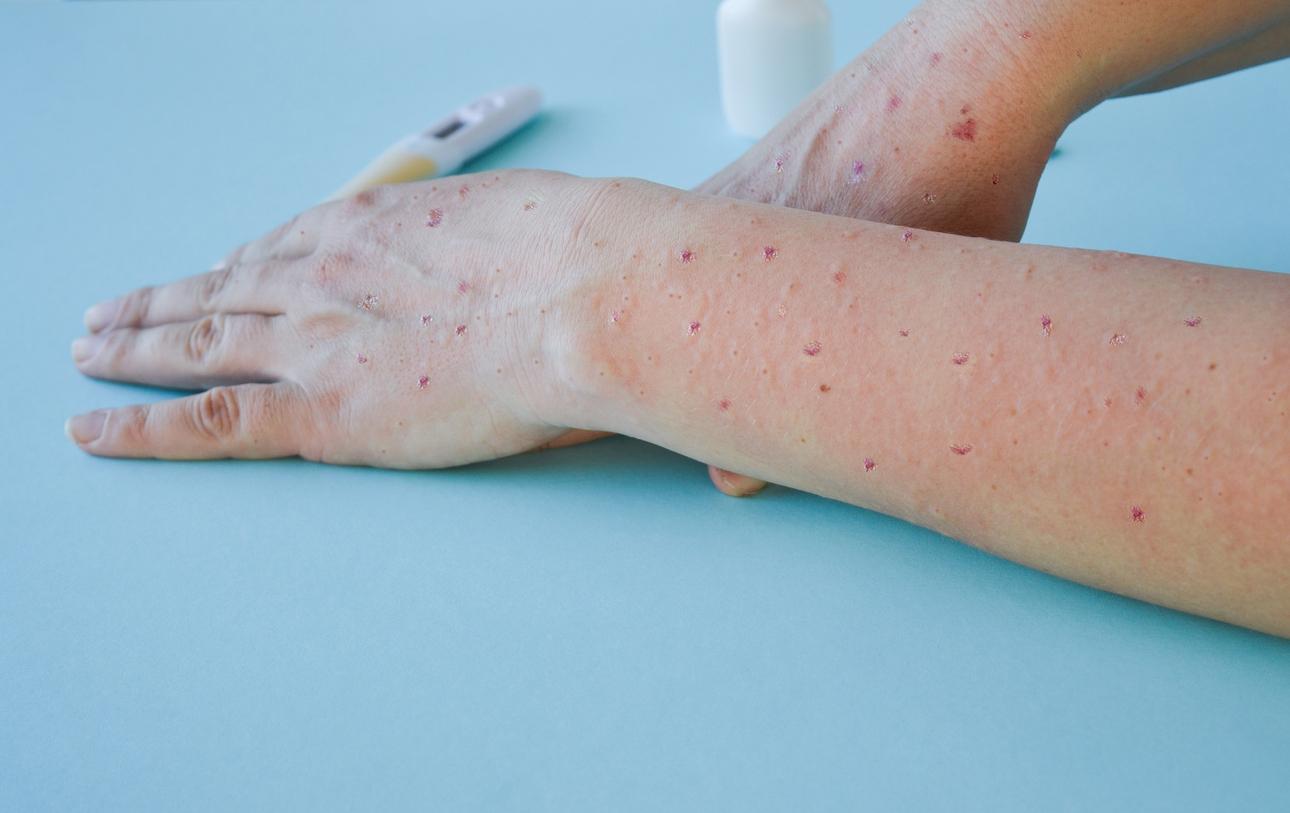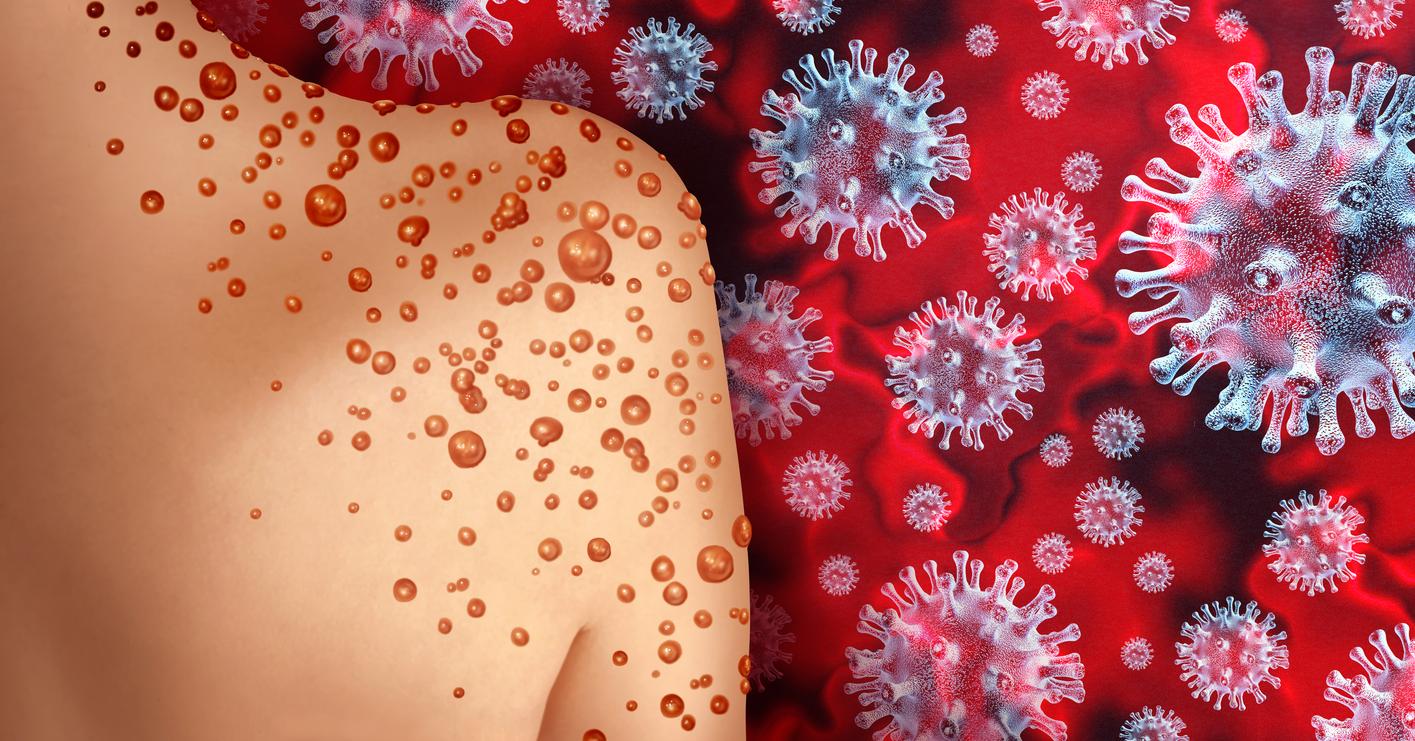40% of beauty and hygiene products contain at least one endocrine disruptor. But many other products of our daily life contain one of the 800 substances of the family of endocrine disruptors.

“A global threat”! For the United Nations Program and for the World Health Organization, this is what endocrine disruptors represent. And this is not the latest survey by the independent rating institute Noteo that will deny these organizations. This survey reveals that 40% of beauty and hygiene products contain at least one endocrine disruptor. The use of this daily product could be at the origin of disorders which can result in the absence of testis in the scrotum of young boys, breast cancer in women and prostate cancer in men, or further impairment of fertility!
Varnish, foundations, lipstick …
In this ranking by the Noteo institute, nail polish (74% of them contain at least one PE) are ahead of foundations (71%), eye makeup products (51%), make-up removers (43%), lipsticks (40%), facials (38%) deodorants (36%), toothpastes (30%) and finally shampoos (24%). Among the endocrine disruptors most frequently used in personal care products are parabens (23%) and cyclopentasiloxane (15%). Some even contained tricolsan, a bacterial agent suspected of promoting resistance to antibiotics. In the end, only organic labeled products seem to be spared from the phenomenon, because the institute only found these molecules dangerous for humans in 1.3% of these products.
But also drugs, cans …
The finding is cold in the back but it is all the more worrying that the warning signals on the presence of endocrine disruptors in our environment are constantly increasing. A report published last February by the United Nations Program and for the World Health Organization recalled that endocrine disruptors were a large family with nearly 800 substances. Bisphenol A being one of the best known. In addition, they are present everywhere. The sources of exposure of the general population are mainly water and food, but also air and certain industrial products such as medicines or even phytosanitary products and therefore cosmetics.
A government action plan
The fight against endocrine disruptors is already being organized. In France, since January 1, 2013, bisphenol A has disappeared from all food containers intended for children under 3 years old. In 2015, it will be a total ban. In addition, the Ministers of Health and Ecology launched an action plan on August 20. Since this date and until September 20, 2013, everyone can thus inform themselves and participate by making their contribution online until September 20, 2013. This consultation is organized on the basis of the proposals of the work report commissioned below. of the Environmental Conference of September 2012. This report proposes in particular to step up research efforts, in particular on health effects (low doses, cocktail effects, transgenerational effects), effects on biodiversity and substitute solutions. For example, it proposes to assess at least 5 substances each year in order to assess their endocrine disrupting character and to better manage the risks they present. Also according to this report, the future national strategy must also be a driving force for innovation: industry must find substitute products, but also better inform consumers and workers to protect themselves from the risks associated with endocrine disruptors. The government’s strategy will be finalized at the end of this consultation. So there are only a few days left.
.








